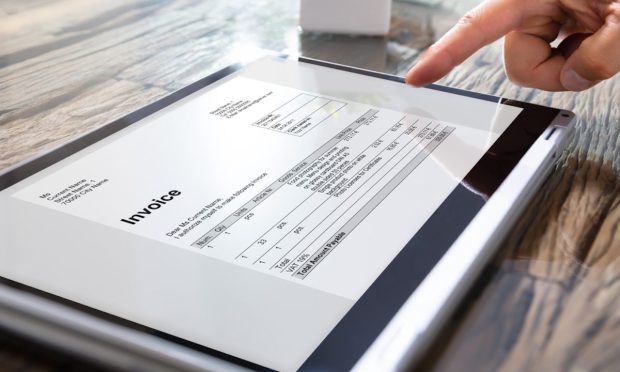64% of Firms Move Away From Physical Invoices as COVID Solidifies Digital Shift

The COVID-19 pandemic has prompted businesses’ accounts receivable (AR) leaders to take the digital leap. As the challenge of delayed payments has become more damaging since March 2020, businesses have looked to digitize processes that had been manual.
In fact, 64% of firms are shifting away from physical invoices and 67% are receiving more payments digitally, according to B2B Payments Innovation Readiness, a PYMNTS and American Express collaboration that analyzes the survey responses of 460 small to large businesses.
See the study: B2B Payments Innovation Readiness
Firms that have implemented more AR automation seem to have adapted better to today’s post-pandemic dynamics. PYMNTS research found that 81% of firms with high technological implementation are delivering more invoices digitally, and 83% are receiving more electronic payments now than before the pandemic. These numbers are only 22% and 20%, respectively, for firms with no technology implementation.
Adjusting AR Processes and Strategies
The pandemic has also prompted firms to modify the credit conditions they offer their customers. PYMNTS found that 70% of firms with higher AR automation have changed their payment terms since the pandemic began, while 57% have adjusted their credit limits. Just 31% of the firms that lack automation have changed their payment terms, and only 7% have adjusted their credit limits.
This suggests that firms with highly automated processes are in a better position to adjust their AR processes and strategies.
As interest in automation has accelerated, more than two-thirds of firms believe it can help them speed up processes such as invoicing and collection, and improve the efficiency of their teams. Potential cost savings motivate 60% of firms that are preparing for technological upgrades.
The pandemic has placed a particular emphasis on the need for faster customer credit checks and payment collections, access to tools that enable adjusted credit conditions, and access to tools that enable adjusted credit conditions. Approximately one-third of firms say they’re targeting these areas for automation.
Adapting to the Economic Realities
The marginal benefits of automation are even higher for firms that still use heavily manual AR processes. Embracing automation can not only help these firms improve their collection cycles, but also help them speed up their processes, reduce costs, improve team efficiencies and improve their customer experiences, among other benefits.
B2B firms thus have a shot at reducing their days sales outstanding (DSOs) and running more efficiently. And those firms that understand how these efficiencies can improve their AR processes are planning to further digitize their operations in the near future.
